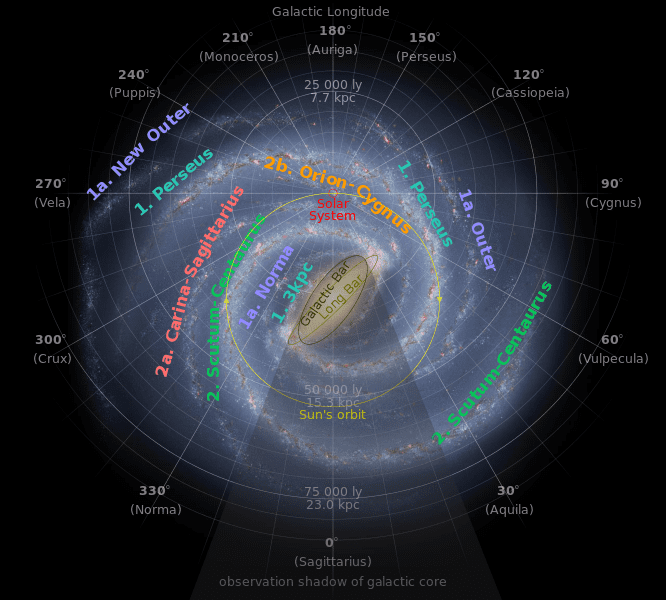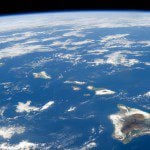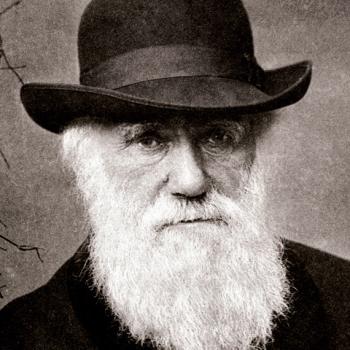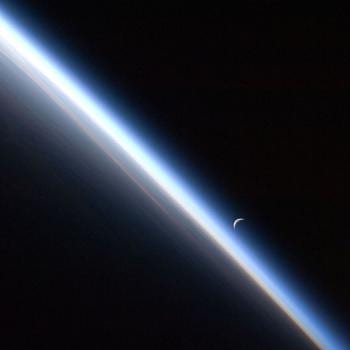
(Wikimedia CC public domain)
An Israeli-American, Gerald L. Schroeder is a devout Orthodox Jew who currently teaches at the College of Jewish Studies in Jerusalem. He earned his B.Sc., M.Sc., and Ph.D. in nuclear physics and in earth and planetary sciences at the Massachusetts Institute of Technology (MIT).
Here, drawn from his book God According to God: A Scientist Discovers We’ve Been Wrong About God All Along (New York: HarperOne, 2009), is the third portion of a discussion about our rather special location in a quite congenial galaxy, followed by the beginning of a treatment of our planet’s location in our solar system:
That the sun is located between two spiral arms means that it is in a region of low stellar density, with all the life-supporting features that that implies, most important of which are the fewer destructive interactions originating from neighboring stars. Being far from the galactic center shields us from the radiation-rich star-forming processes of the central region and distances us from the devastatingly powerful gravitational reach of the central black hole.
The edges of most galaxies are metal-poor; our positioning within the galaxy places us in a metal-rich area. These heavier elements are needed not only for the molecular structures of life They also are essential for the formation of rocky planets such as our earth.
Our sun is about halfway through its theoretical ten-billion-year life expectancy. All indications are that its energy output has remained fairly constant over the past billion years, neither frying nor freezing the earth’s surface. More than 90 percent of all stars are smaller than the sun. Smaller generally means longer-lived, more time for “evolution” to work its processes, provided it is not so long-lived that it is a first-generation star. That would make it metal deficient.
A planet’s distance from its parent star has a crucial influence on its suitability to nurture life. Proximity to the parent star results in gravitational drag on the planet’s rotation, slowing the rotation through what is termed tidal locking. Gradually the period of rotation becomes similar to the period of the planet’s revolution around the star. The outcome is that the same side of the planet continuously faces the star. The moon relative to the earth and Mercury relative to the sun are cases of tidal lock. We always see the same side of the moon. Mercury revolves around the sun in eighty-eight days and rotates on its axis once in fifty-nine days. On Mercury, the extraordinarily long day results in the sun side baking at 400 degrees C while the shaded side drops to minus 170 degrees C. Our twenty-four-hour rotation spreads the sun’s heat. Our nearly circular orbit keeps the solar input nearly constant year-round. These are two of the many life-giving characteristics of the earth-sun system. (65-66)
***
A bit of interesting science history:












